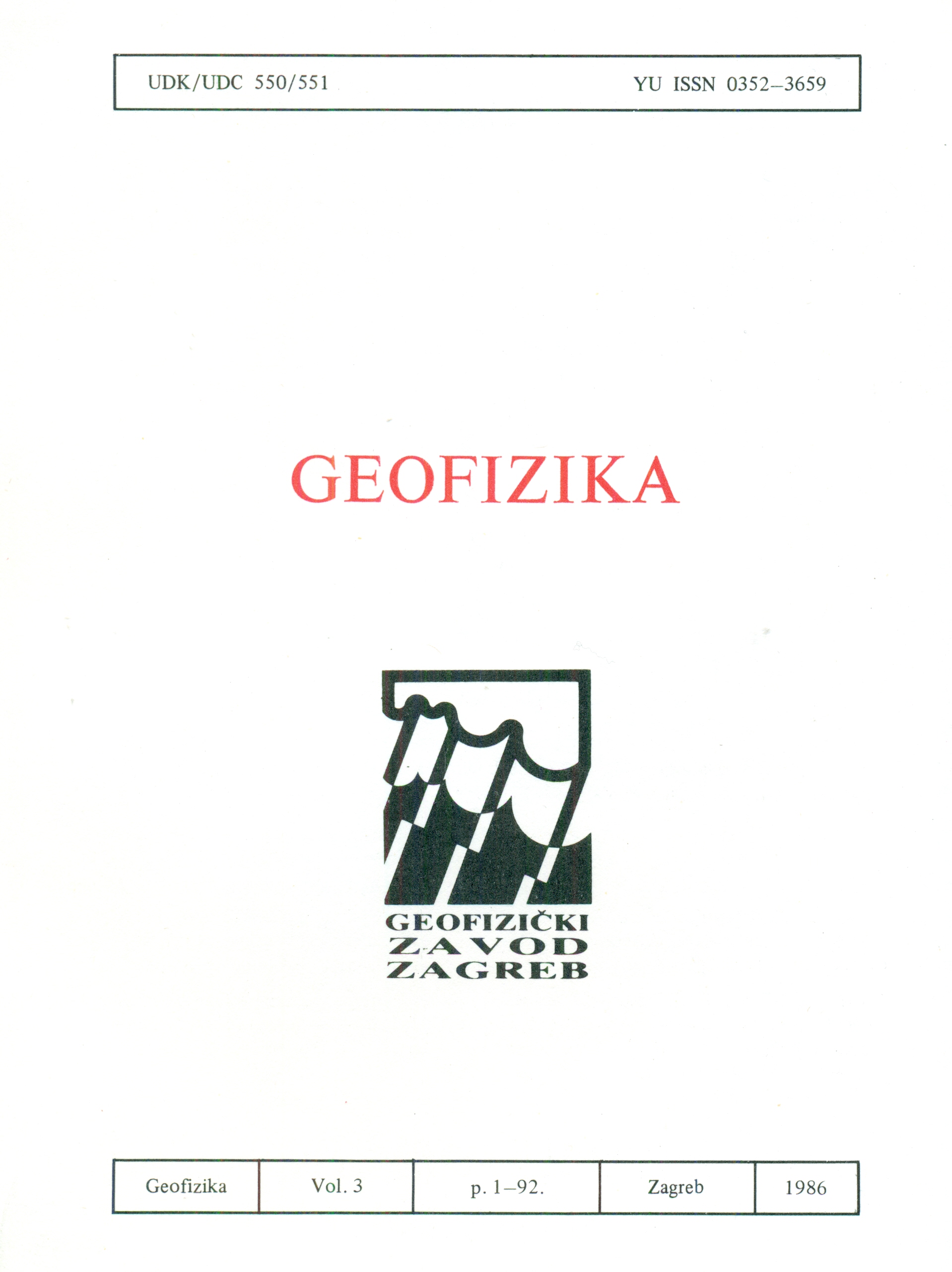The dynamics of the planetary boundary layer over a heated mountain slope
Abstract
The thermal structures and airflows of upslope circulations over mountain slopes were measured with temperature sondes on dualtheodolite tracked pilot and mylar superpressured balloons. Measurements were made during the development period of morning hours and the quasi-stationary period of early afternoon.
Upslope flows began shortly after sunrise, and quickly became deeper and stronger. By late morning, the flow field was fully established in a deep layer of a neutral atmosphere.
The potential temperature fields in vertical cross sections perpendicular to the slopes were analyzed. Data were used to calculate the solenoidal energies during periods of afternoon quasistationarity, up to heights of 800 meters above the bases of the slopes. The kinetic energies and the vertical fluxes of horizontal momentum computed for the flows over the same slopes for the same periods determined that the upward vertical fluxes reached a maximum a few hundred meters above the slope and decreased at higher elevations. The levels of upward flux divergence of horizontal momentum coincided with the levels of maximum solenoidal energy.
Downloads
Published
Issue
Section
License
Copyright (c) 2021 Geofizika journal

This work is licensed under a Creative Commons Attribution-NonCommercial 4.0 International License.

